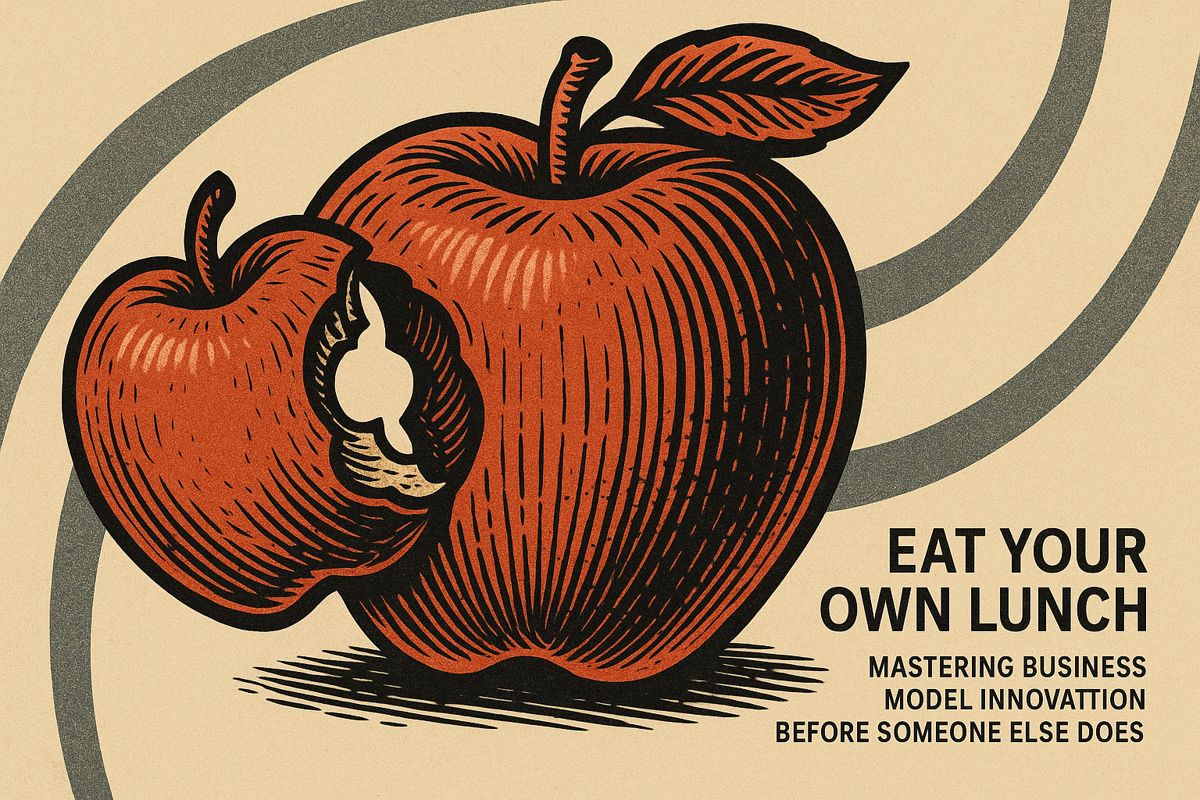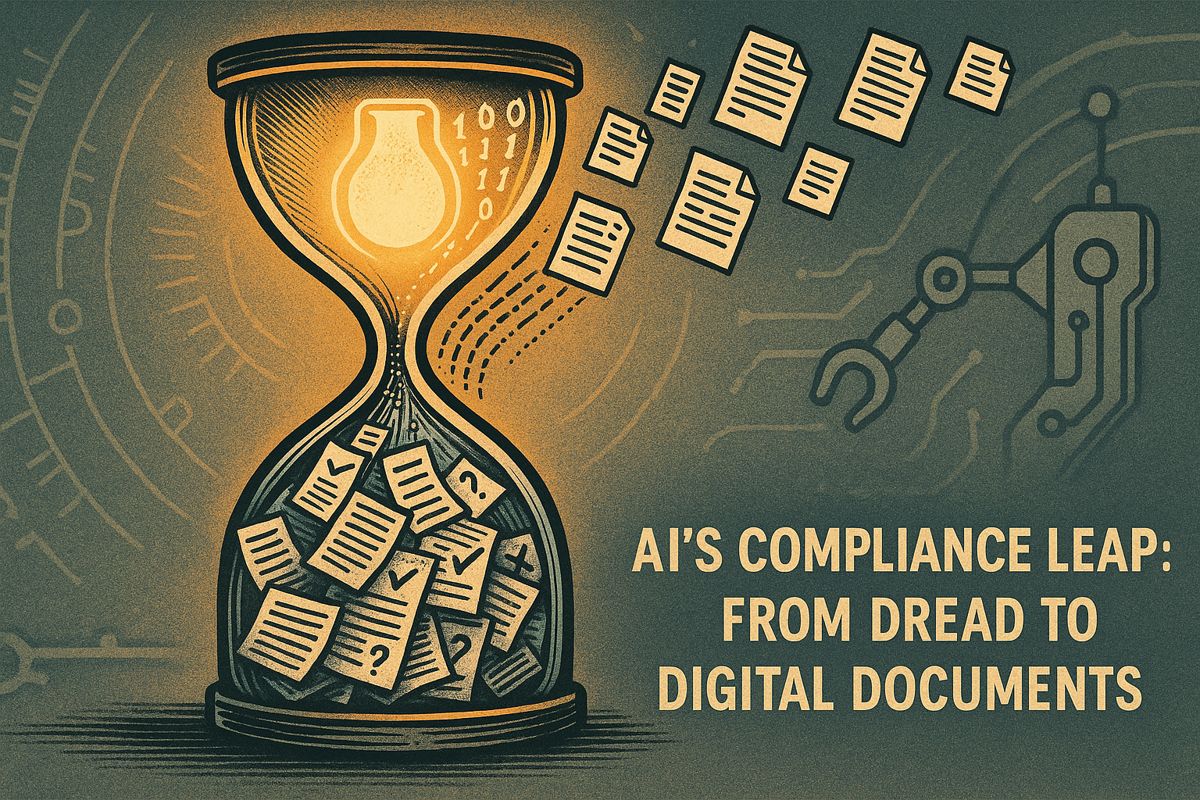In a world resistant to change, Clayton Christensen proposes a transformative approach: instead of merely refining existing structures, we should build a new house from scratch, not just painting the old one, by understanding user needs. This requires courage, even for established businesses, but starting small and embracing innovation can lead to significant progress.
What is business model innovation according to Clayton Christensen?
Clayton Christensen defines business model innovation as a total system refresh encompassing how value is conceived, delivered, and captured. It involves a four-part harmony: value proposition, profit formula, key resources, and processes. This approach focuses on understanding the customer’s “job-to-be-done” rather than just product features, enabling companies to adapt and grow.
Sometimes, the flick of a fluorescent light and the sour tang of old coffee thrust me right back into a meeting I’d rather forget. There’s a CEO, arms crossed, defending the status quo as if it were the Magna Carta. My mind drifts—can you blame me?—to that old maxim: eat your own lunch, or someone else certainly will. (The phrase practically prickles with dread.) I felt a twinge of frustration, then a weird sense of anticipation. Could things really change?
It reminds me of Anne—a friend from my first consulting gig, who waded into the molasses-thick bureaucracy of a legacy manufacturing firm. Their sales head, let’s call him Mr. Channel Conflict, raised objections every time D2C came up. Anne didn’t flinch. She cobbled together a pilot skunkworks project, smelled what customers actually needed (her words: “It was less about moving boxes, more about dodging downtime”), and nudged the company towards a new model. Not a revolution overnight, but a tectonic shimmy, visible if you squinted. Isn’t it odd how breakthroughs often start as barely sanctioned experiments?
But why do so many leaders resist change? Is it habit, or fear of cannibalizing their own revenue? I wish I’d asked that CEO outright.
Under the Hood: What Christensen Actually Said
Let’s get down to brass tacks—and yes, I checked twice to be sure I’m not mangling the Harvard Business Review gospel. According to Clayton Christensen, business model innovation isn’t lipstick on a pig. It’s a total system refresh: the way value is conceived, delivered, and captured, from soup to nuts. Rocket science? No. But easy? Certainly not.
He’s adamant about the ‘job-to-be-done’ viewpoint. Forget demographic divination—start with the real-world itch your solution scratches. I almost missed the subtlety here during my first read. For example, Netflix wasn’t hired for DVDs; it was an antidote to boredom, a portal for entertainment without the Blockbuster hassle. The same logic applies at SAP or Dow Corning: customers “hire” you for outcomes, not features.
Christensen’s four-part harmony—value proposition, profit formula, key resources, and processes—feels almost musical until you’re stuck rehearsing with tone-deaf bandmates. I once misread this as a checklist, not a balancing act. That was a mistake. Now I see it as more of a Rubik’s Cube: twist one piece, and all the colors shift, sometimes beautifully, sometimes disastrously.
Testing, Tinkering, and the Courage to Cannibalize
All organizations clutch their orthodoxies—those sacred processes that have fossilized over time. The phrase “that’s how we’ve always done it” echoes like a stubborn bassline. Netflix didn’t jettison physical media on a whim. They ran streaming as a cautious parallel, like dipping a toe into cold water before leaping. Similarly, Dow Corning’s Xiameter was a calculated side-bet, a stripped-down alternative that let them serve cost-conscious clients without gutting the core brand.
The sensory memory of demo day—projectors whirring, sweat prickling under my collar—still makes me smile. There’s anxiety, sure, but also a giddy sense of possibility. What if this actually works? Sometimes I fret that experiments will fail, but even then, failure’s just data in disguise.
And yet, aligning all those cogs—value, profit, resources, process—feels like tuning a finicky radio. Static, then a sudden, clear note. The moment when the market responds and the new model clicks, there’s a physical jolt, as if gravity briefly tilts in your favor.
Mindset Over Magic: Lessons From the Trench
Maybe the greatest lesson in all these Harvard treatises is this: business model innovation isn’t a Silicon Valley fever dream. It’s a discipline, patiently learned, occasionally stumbled through. You can start with a single question, a rogue pilot, or an itch to do things differently.
And if you need permission, go ahead and borrow a page from Christensen (or Anne, or even me, in my more courageous moments). Test, tinker, let go of some cherished assumptions. The world won’t end. In fact, you might just find yourself on the cusp of something new—a little scruffy, a little raw, but full of momentum. And isn’t that what real progress smells like?
- Dan



















